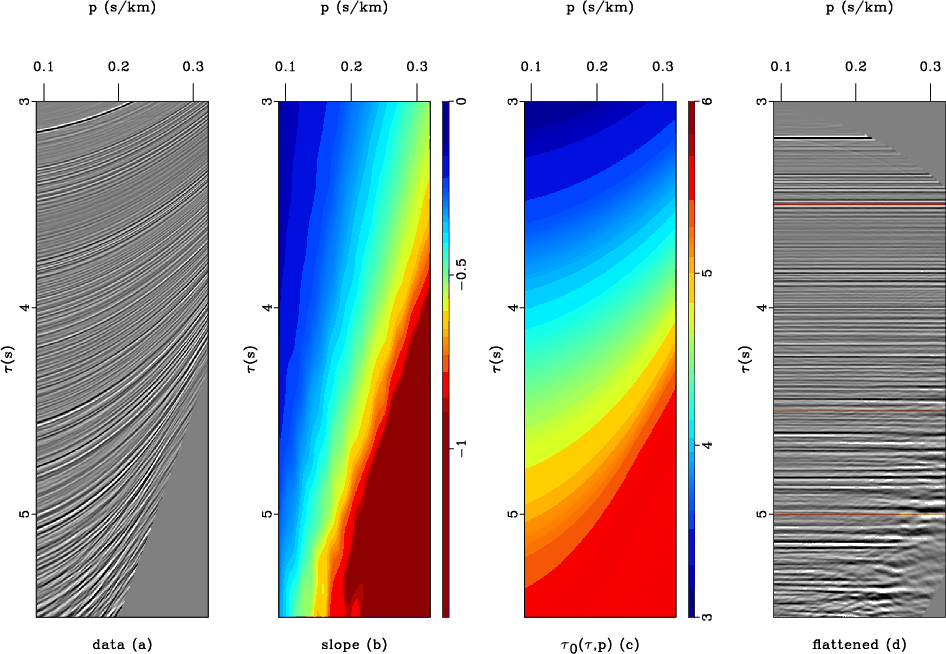A post-meeting survey after the 2012 Madagascar School in Austin showed an overwhelmingly positive response. 100% of those who responded to the survey said that they would attend events like that in the future (one person said “Sure. If it takes part in my home country.“, another one added “I think is the best open source project out there. I think that is not because of the programs (which are very good) themselves but because of the community and reproducibility framework.“) and would recommend it to their colleagues.
One point of the discussion was selecting a topic for future workshops. 44% were in favor of Seismic Interpretation. 56% were in favor of Seismic Field Data Processing. Please read the description of possible workshop topics and, if you are a member of the Madagascar LinkedIn group, vote in the opinion poll.
